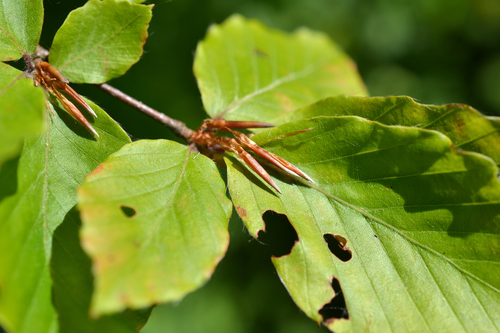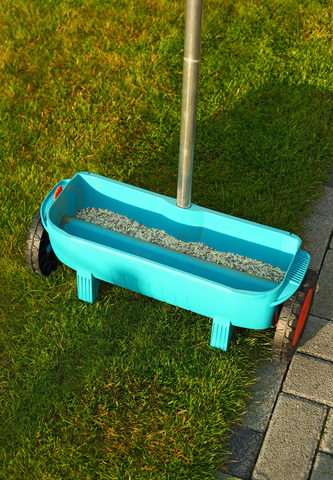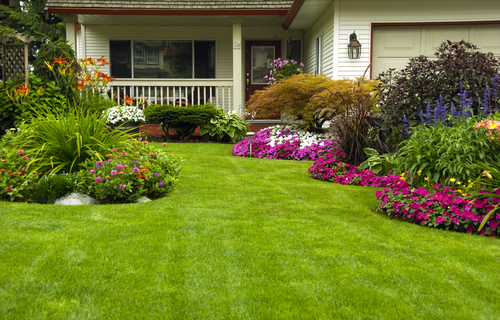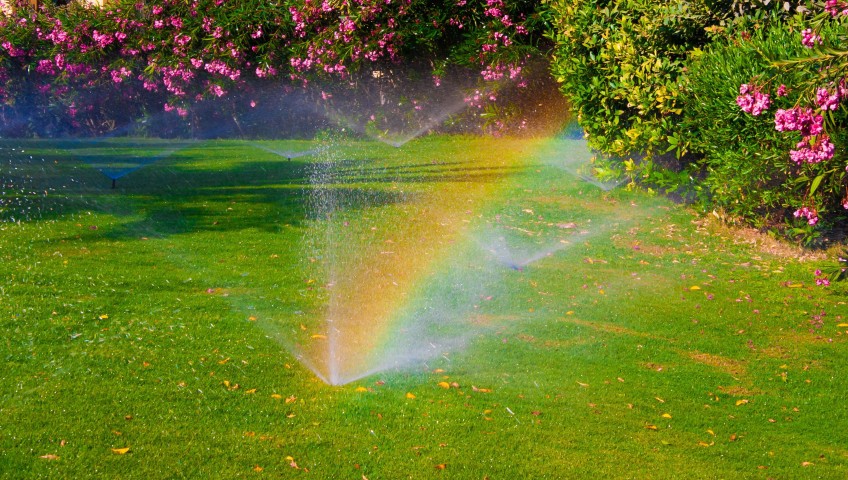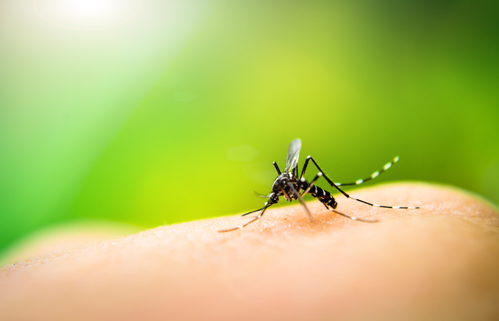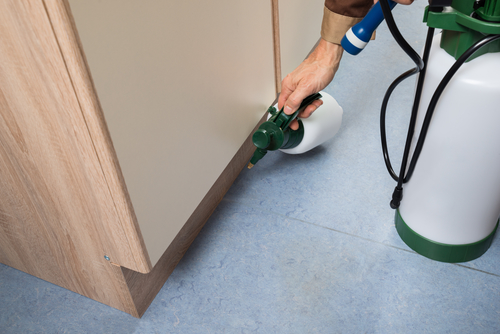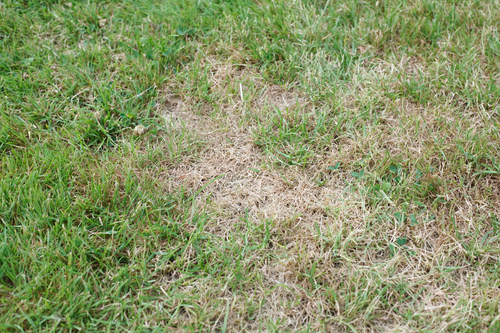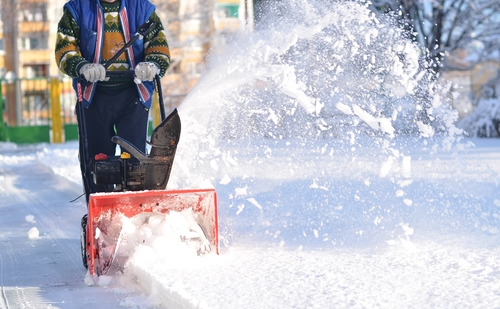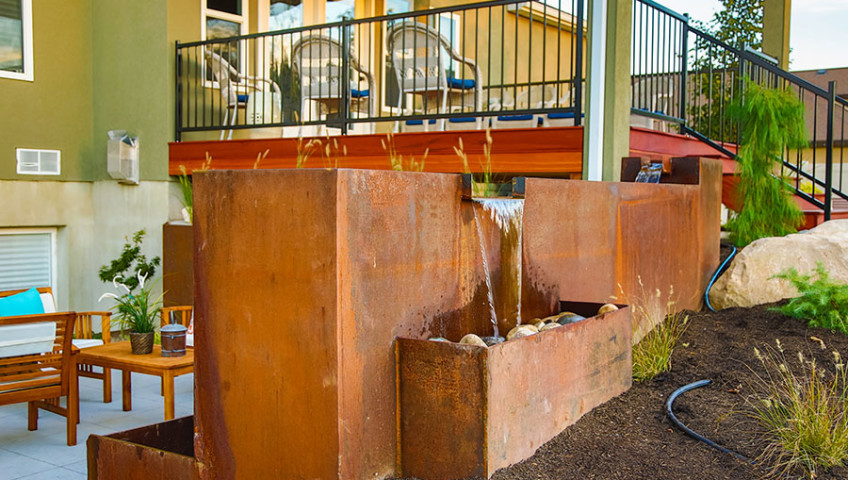
Common Landscaping Uses of Rusted Steel
Rusted metal may look sinister in certain landscapes, but within a garden or other landscaping project, it can be charming and appealing. At Greenside, we offer numerous rusted steel design options for your next big landscaping project.
What are some of the potential uses of rusted steel within a yard or garden? Here are some of the most common and creative.
Fence or Gate
Whether it’s through weaving steel bars or perforating solid steel, a fence is one of the primary uses of rusted steel. It’s a strong and durable product, and can be crafted into a variety of sizes of fence. It can be built to allow light into a given area, or to keep it out entirely.
Rusted metal can also function as a quaint, creative design for an entry gate. Rusted gates set among shrubbery or other greens are a great contrast, and give visitors a homely feel. They can even be used as driveway gates in some homes.
Sculpturing
The options for sculpting based on rusted steel are virtually limitless. If you have water items in your yard already, rusted steel can be used to craft a beautiful waterfall or flowing stream. If you have garden beds, rusted steel can serve as a perfect wall. And for the more creative among us, abstract architecture is easily possible with rusted steel.
Pathways
Rusted iron can be a perfect material for a walkway – either threaded to create the walking surface itself, or simply as the walls that outline it.
Planters
Basic planters can be made from many materials, so why not go for one that’s inexpensive, healthy for plants and a unique design? Rusted steel works well here.
Retaining Wall
Whether it’s just a single wall or multiple on a cascading slope, rusted metal has the adaptive qualities you need for a retaining wall. It complements all different types of plants well, and is perfect for a contemporary landscape.
Fire Pit
For entertaining purposes, a fire pit is always a good idea. Rusted metal will help keep surrounding surfaces well protected, and you don’t have to worry about any marks or indents on what was already an imperfect surface.
Want to learn more about the uses of rusted steel in landscaping, or interested in any of our lawn maintenance or weed control services? Speak to the pros at Greenside today.

